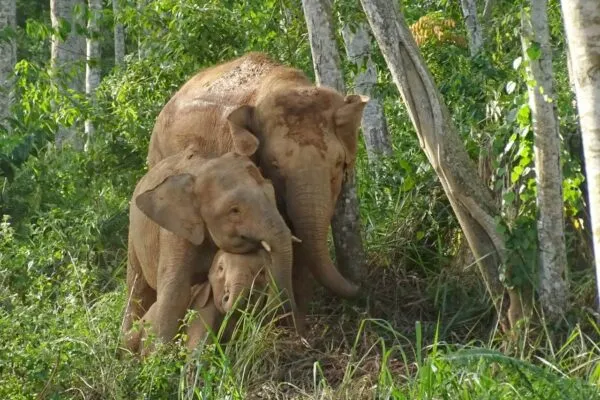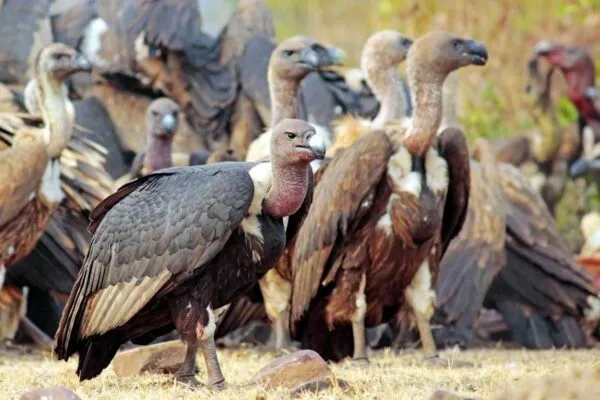Evaluating Co-Existence Patterns of Snow Leopard and its Prey in Himachal Pradesh
The co-occurrence pattern and landscape use of snow leopard and its prey species affect ecosystem of Spiti Valley
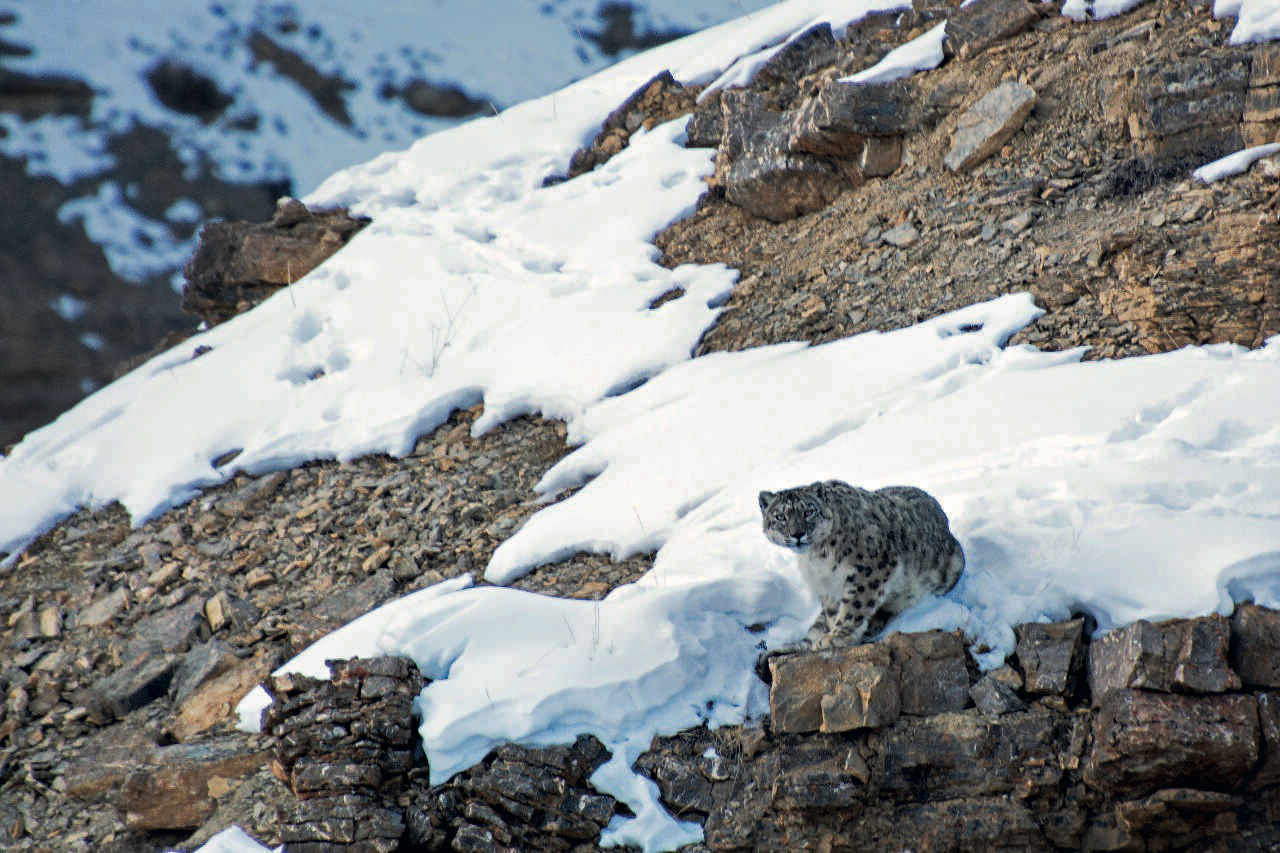
Image: The Hindu
The snow leopard (Panthera uncia) is vital for maintaining the high mountain ecosystem as it helps in regulating its prey populations while maintaining the structure of the plant community. So, it’s vital to assess the role of the snow leopard, as well as its co-existence with its prey species (Siberian Ibex – Capra sibrica and Blue sheep – Pseudois nayaur).
A recent study tries to understand the occurrence patterns of snow and its prey species for accessing the differential use of habitat. So, the researchers can help all these species to coexist without causing any ecosystem imbalance.
The study was published by the Zoological Survey of India, (ZSI) Kolkata under the National Mission on Himalayan Studies. Using the occupancy modeling, the research team used a sign survey and camera trapping for studying the prey-predator patterns in the Spiti Valley, Himachal Pradesh.
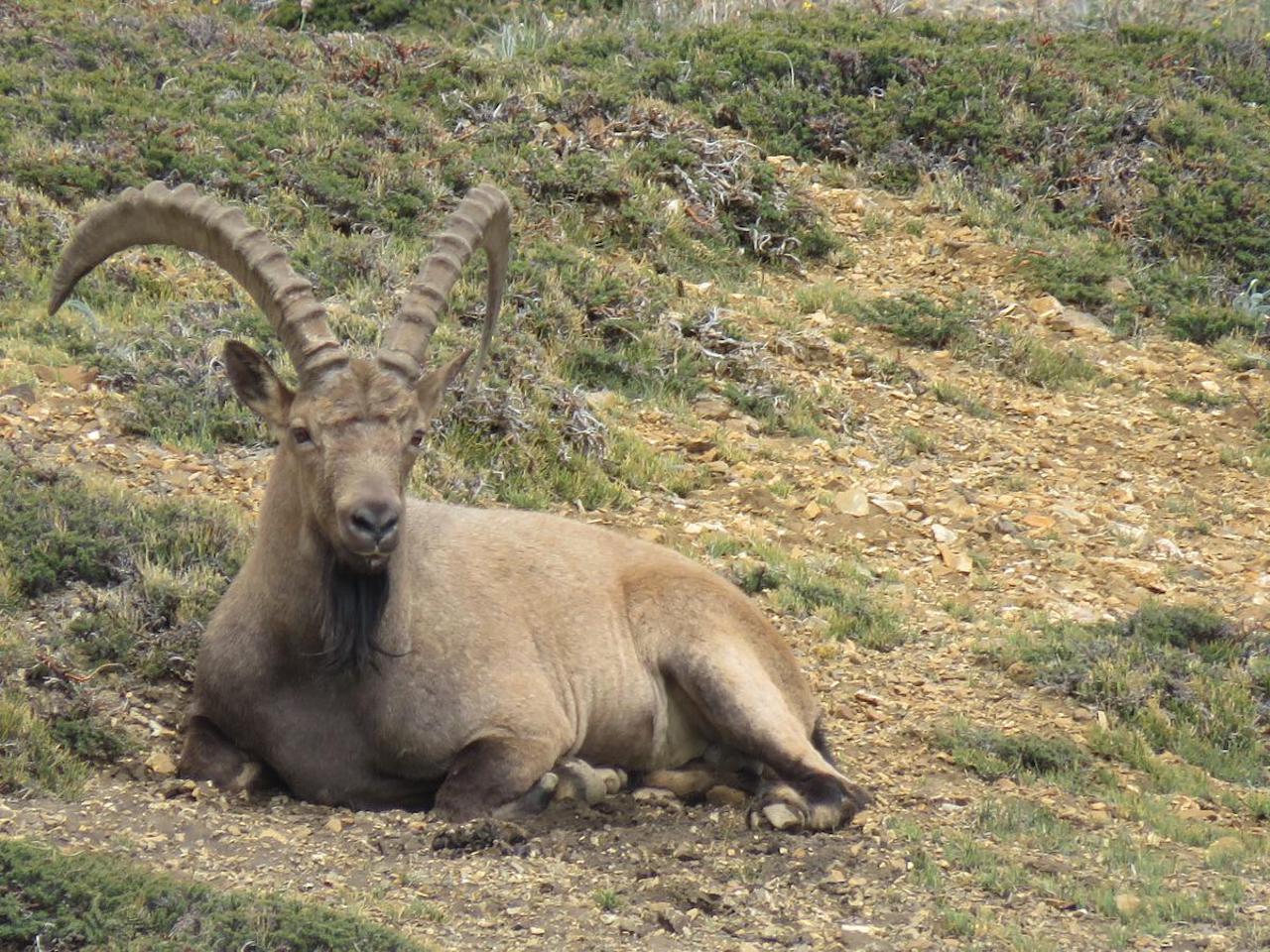
Image: The Hindu
As per the study, snow leopards are largely threatened due to the loss of their natural prey species, the Himalayan wild cat. The beautiful Himalayan wild cat is also declining in population due to animal-human conflicts and the illegal trade of its bones and fur.
This majestic species is put on the International Union for Conservation of Nature Red List as threatened. The authorities are urged to offer the highest level of protection for Schedule-I species as per the Indian Wildlife (Protection) Act, 1972 (IWPA).
The lead author, Dr. Lalit Kumar Sharma, stated that the Spiti Valley has a great habitat in and around the protected areas (PAs). It means the habitat is good enough to support a viable population of threatened snow leopards, as well as its prey species.
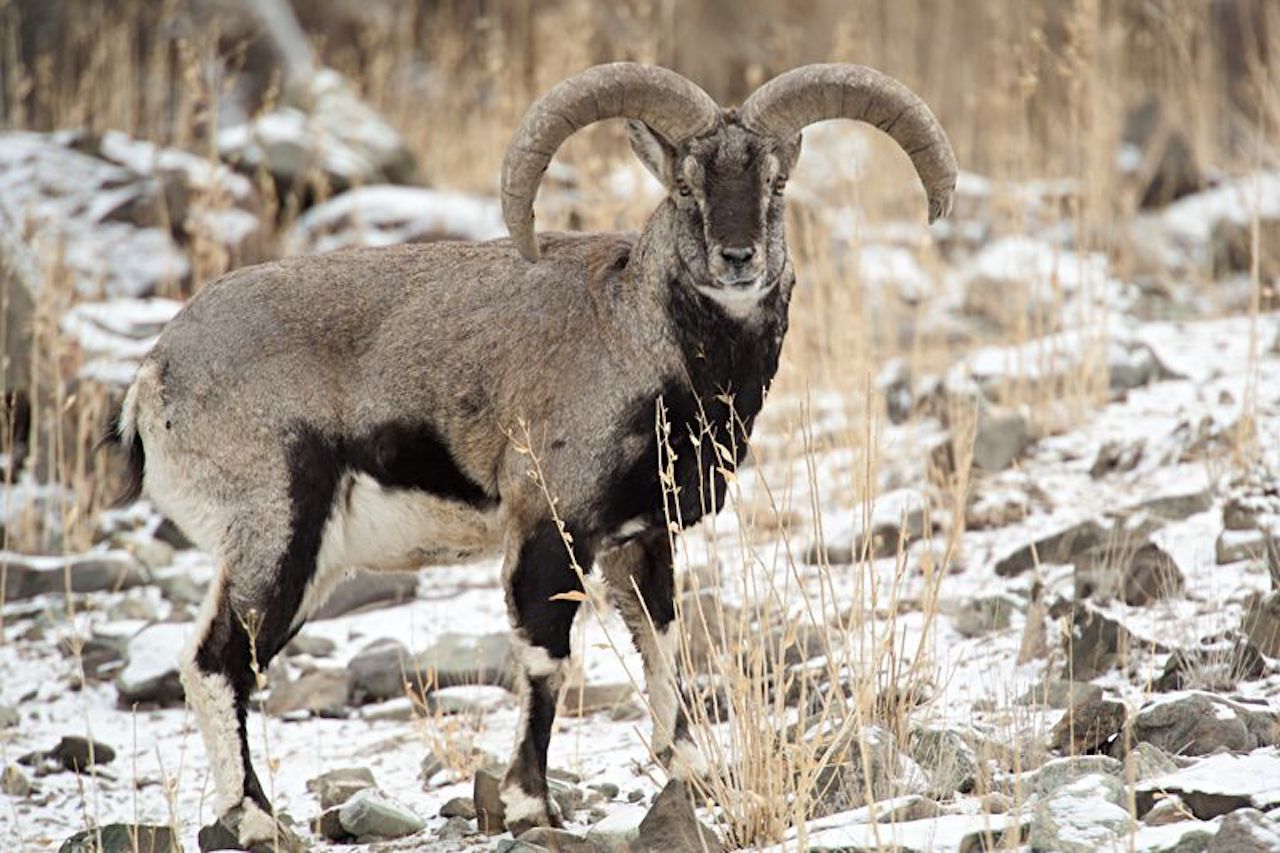
Image: Pinterest
Sharma, who heads the GIS & Wildlife Section of ZSI, Kolkata, also highlighted that there would be more snow leopards if the prey species used the site. He said that the Spiti valley possesses a good habitat in and outside the protected areas (PAs) which can support a viable population of both threatened snow leopard and its prey species. He highlighted that the snow leopard detection probability was high if the site was used by its prey species.
Snow leopards have a wide but discontinued distribution throughout the mountainous landscape of central Asia. Moreover, their survival relies on the wild ungulates. On the upper Himalayas, snow leopards maintain the herbivore populations, like Siberian ibex and blue sheep. But if snow leopards decrease, there would be higher populations of herbivores. This would further lead to a decline in the vegetation cover, causing a loss of the ecosystem.
Therefore, it is necessary to protect the top predators to regulate the overall ecosystem. The authorities need to take appropriate measures to conserve and maintain the potential habitat of top predators.
Via: The Hindu
